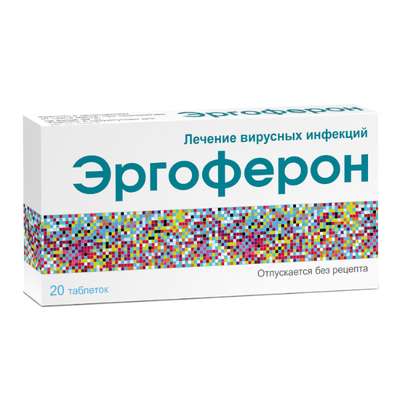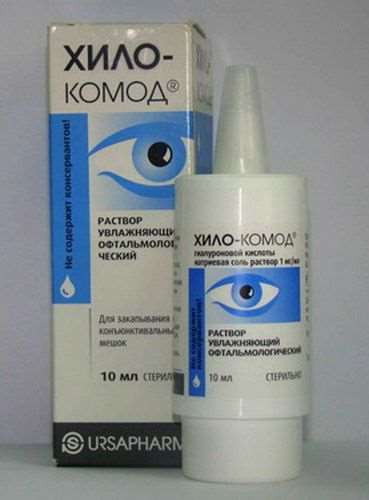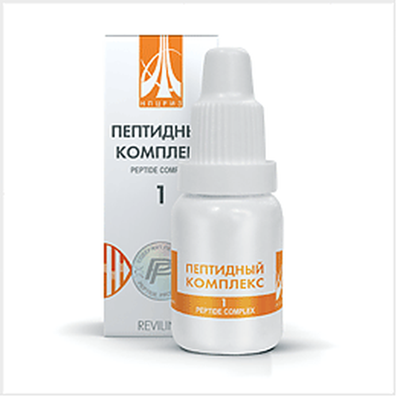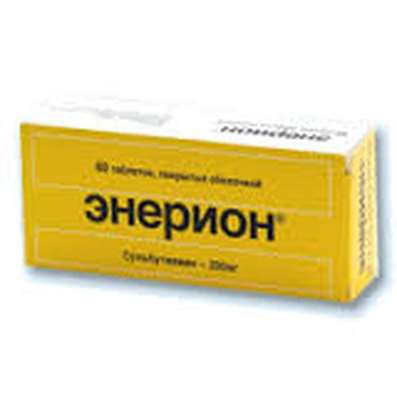Instruction for use: Alka-Prim
I want this, give me price
Active substance Asetylsalicylic acid + Glycine
ATX Code N02BA51 Acetylsalicylic acid in combination with other drugs, except for psycholeptics
Pharmacological groups
NSAIDs - Salicylic acid derivatives
Nosological classification (ICD-10)
J06 Acute upper respiratory infections of multiple and unspecified
Frequent colds viral diseases, Infections of the upper respiratory tract, Acute respiratory disease influenza character, for colds Pain, Acute colds,Cold, respiratory infection,Seasonal colds, Pain in infectious and inflammatory diseases of the upper respiratory tract, Bacterial infections of the upper respiratory tract, Bacterial respiratory infections, Viral disease of the respiratory tract, Viral respiratory tract infections, Inflammatory disease of the upper respiratory tract, Inflammation of the upper respiratory tract disease, Inflammation of the upper respiratory tract illness with difficult sputum, Inflammatory airway disease, Secondary infections with colds, Shortness of sputum in acute and chronic respiratory diseases, Upper respiratory tract infection, Infections of the upper respiratory tract, Respiratory Tract Infections, Infections of the respiratory tract and lungs, Infectious-inflammatory diseases of the upper respiratory tract, Infectious-inflammatory diseases of the upper respiratory tract and ENT-organs, Infectious-inflammatory diseases of the upper respiratory tract in children and adults, Infectious-inflammatory diseases of the upper respiratory tract, Infectious inflammation of the airways,respiratory infection, Qatar upper respiratory tract, Catarrh of the upper respiratory tract, Catarrhal disease of the upper respiratory tract, Catarrhal symptoms of the upper respiratory tract, Coughing with a cold, SARS, ARI, ARI with rhinitis phenomena, Acute respiratory infection, Acute infectious and inflammatory disease of the upper respiratory tract, Acute respiratory disease, Sore throat or nose, Respiratory viral infections, Respiratory diseases, Respiratory infections, Recurrent respiratory infections, Secondary infection with influenza, cold in the chest, Feverish condition with flu usitis, acute sinusitis, genyantritis, purulent sinusitis
K08.8.0 * Painful toothache
Dentinal pain, Dentinal pains, Pain pulpitis, Anesthesia in dentistry, Pain syndromes in dental practice, Pain after removal of tartar, Pain when extracting a tooth, Toothache, Pain after dental interventions
M25.5 Pain in the joint
Arthralgia, Pain syndrome in musculo-articular diseases, Pain syndrome in osteoarthritis, Pain syndrome in osteoarthritis, Pain syndrome in acute inflammatory diseases of the musculoskeletal system, Pain syndrome in chronic inflammatory diseases of the musculoskeletal system, Pain in the joints, Soreness of the joints, Soreness of joints in severe physical exertion, Painful inflammatory joint damage, Painful conditions of the musculoskeletal system, Painful joint conditions, Painful traumatic affection of joints, Pain in the musculoskeletal system, Pain in Shoulder Joints, Pain in the joints, Joint pain, Joint pain with injuries, Musculoskeletal pain, Pain with osteoarthritis, Pain in the pathology of the joints, Pain in rheumatoid arthritis, Pain in chronic degenerative bone diseases, Pain in chronic degenerative joint diseases, Bone-joint pain, Joint pain, Arthritic pain of rheumatic origin, Articular pain syndrome, Joint pain, Rheumatic pain, Rheumatic pains
M79.1 Myalgia
Myofascial pain syndromes ,Pain syndrome in musculo-articular diseases, Pain syndrome in chronic inflammatory diseases of the musculoskeletal system, Pain in the muscles, Tenderness of muscles, Muscular soreness in severe physical exertion, Painful conditions of the musculoskeletal system, Pain in the musculoskeletal system, Pain in the muscles, Pain at rest, Muscle aches, Muscle pain, Musculoskeletal pain, Myalgia, Muscle pain, Muscle pain at rest, Muscle pain, Muscular pain of non-rheumatic origin, Muscle pain of rheumatic origin, Acute muscle pain, Rheumatic pain, Rheumatic pains, Myofascial syndrome, Fibromyalgia
N94 Pain and other conditions associated with female genital organs and the menstrual cycle
Premenstrual pain, Menstrual pain, Painful premenstrual syndrome
R51 Headache
Pain in the head, Cephalgia, Pain with sinusitis, Pain in the back of the head, Painful headache, Headache of vasomotor genesis, Headache of vasomotor origin, Headache with vasomotor disorders, Headache, Neurological headache, Serial headache
R52.2 Other constant pain
Pain syndrome, rheumatic origin, Pain at vertebral lesions, Pain in the chamber, Pain for burns, Pain syndrome weak or moderate, Perioperative pain,Moderate to severe pain, Moderately or weakly expressed pain syndrome, Moderate to severe pain, Ear pain of otitis, Neuropathic pain, neuropathic pain
Z72.1 Drinking alcohol
Excessive use of alcohol
Composition and form of release
1 quick-dissolving effervescent tablet contains acetylsalicylic acid 330 mg, as well as auxiliary substances - aminoacetic acid 100 mg, anhydrous citric acid, sodium bicarbonate; in contour non-jam packed 2 or 10 pcs., in a cardboard bundle 1 and 5 packages or 1 pack respectively.
pharmachologic effect
Pharmacological action - anti-inflammatory, antipyretic, analgesic.
Pharmacodynamics
The action begins in 30 minutes, reaches a maximum after 1-3 hours and lasts for 3-6 hours.
Pharmacokinetics
After taking it quickly absorbed from the digestive tract (gastrointestinal tract). Excreted by the kidneys (80-100%) for 24-72 hours.
Indications
Pain syndrome of moderate intensity (headache, dental and menstrual pain, myalgia, arthralgia); fever for colds, viral infections, etc .; disorders caused by excessive drinking.
Contraindications
Hypersensitivity; bronchospasm caused by salicylates; hemorrhagic diathesis; peptic ulcer of the stomach or duodenum; severe violations of the liver and kidneys; pregnancy; lactation; age up to 15 years.
pregnancy and lactation
Contraindicated. For the duration of treatment, breastfeeding should be discontinued.
Side effects
From the cardiovascular system and blood (hematopoiesis, hemostasis): bleeding, changes in blood composition, collapse.
On the part of the intestine: nausea, vomiting, lack of appetite, pain in the abdomen.
Allergic reactions: urticaria, lacrimation, rhinitis, angioedema, bronchospasm, shock, loss of consciousness.
Other: noises in the ears.
Interaction
Potentiates the effect of oral anticoagulants, antidiabetics, insulin, methotrexate, other NSAIDs, corticosteroids, valproic acid, alcohol. Weaken the effect of probenecid, sulfinpyrazone, diflunizal, fenoprofen, ibuprofen, indomethacin, piroxicam, naproxen, sulindac.
Dosing and Administration
Inside, previously dissolved in a glass of water, 1-2 tablespoons. 2-4 times a day with an interval of at least 4 hours. The maximum single dose is 1 g (3 tables), the daily dose is 3 g (9 tablets). Course - 7 days (with pain) and 3 days (as an antipyretic).
Overdose
Symptoms: CNS excitement, dizziness, visual and hearing impairment, nausea, vomiting, oppression of consciousness down to coma, respiratory failure, disturbance of water-electrolyte metabolism.
Treatment: gastric lavage, the use of activated charcoal, symptomatic therapy.
Precautionary measures
Use with caution in patients with allergic diseases. Patients taking antidiabetic drugs should regularly monitor blood glucose levels. Simultaneous use with glucocorticoids, antihypertensive and diuretics requires careful monitoring. Antacids containing magnesium hydroxide or aluminum should be taken no earlier than 2 hours after taking the drug. With prolonged use, regular monitoring of the peripheral blood pattern is necessary.
Storage conditions
In a dry, the dark place at a temperature of no higher than 25 ° C.
Keep out of the reach of children.
Shelf life
2 years.
Do not use after the expiry date printed on the package.

 Cart
Cart





